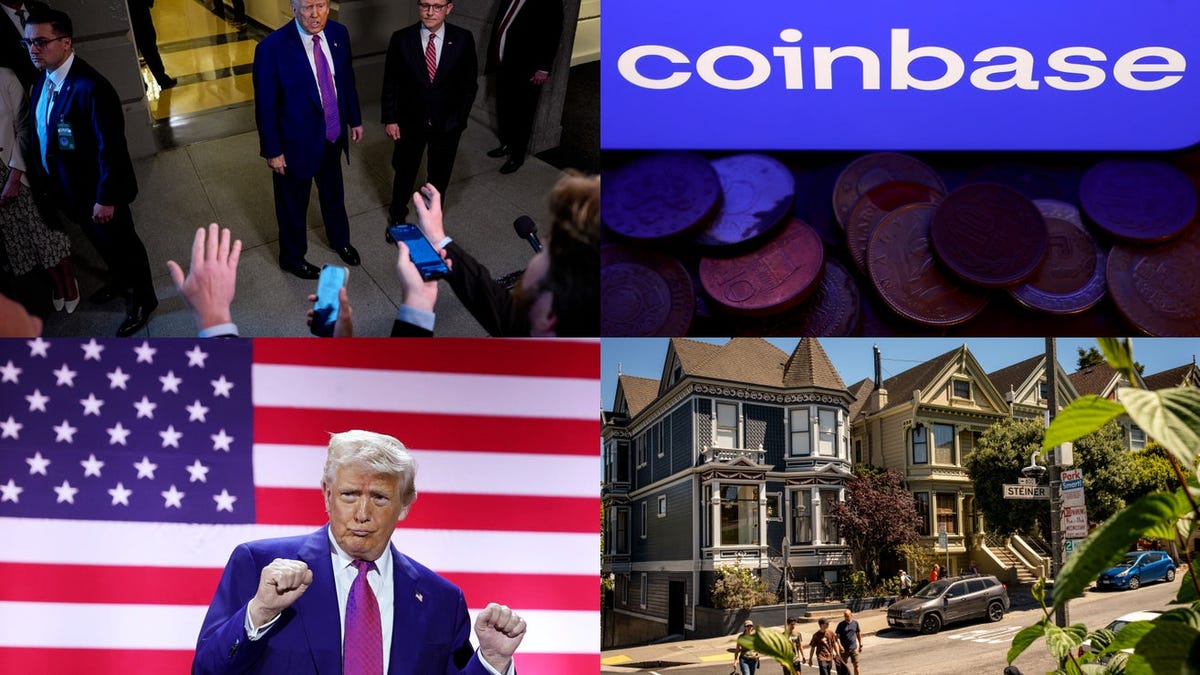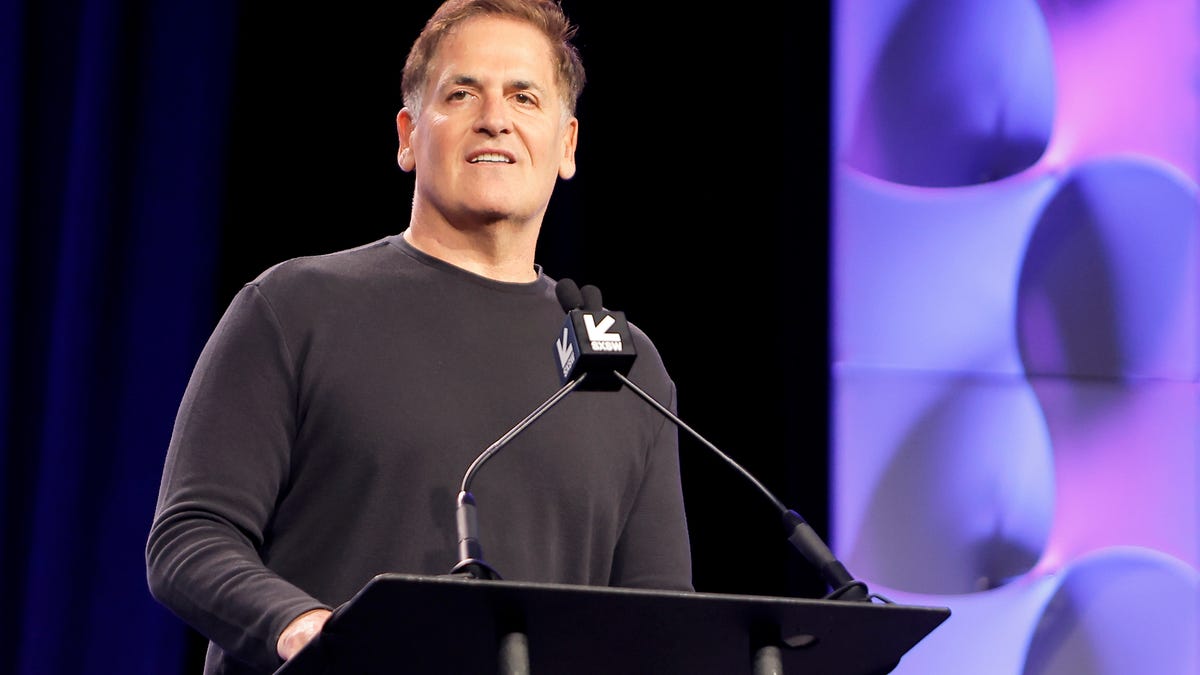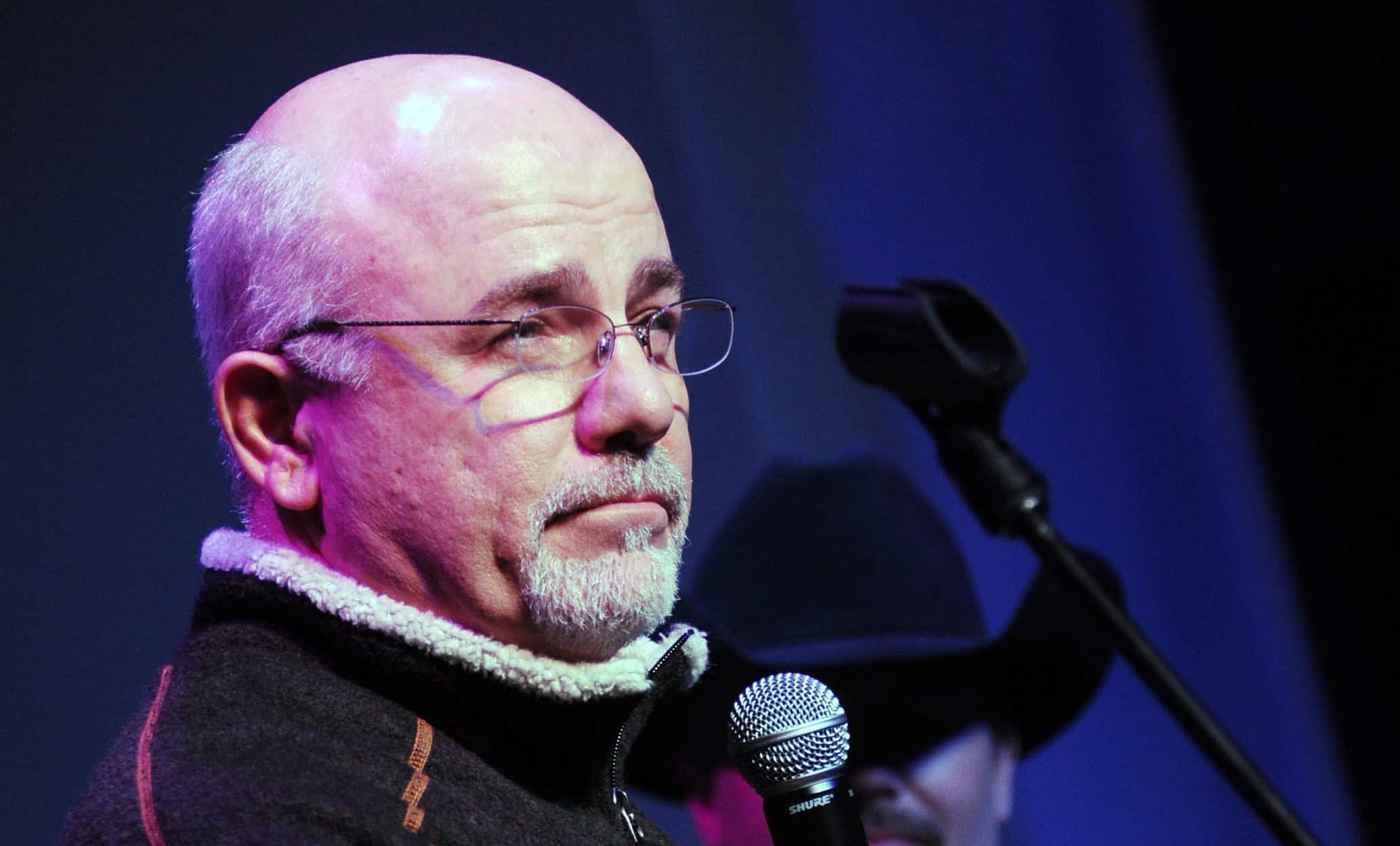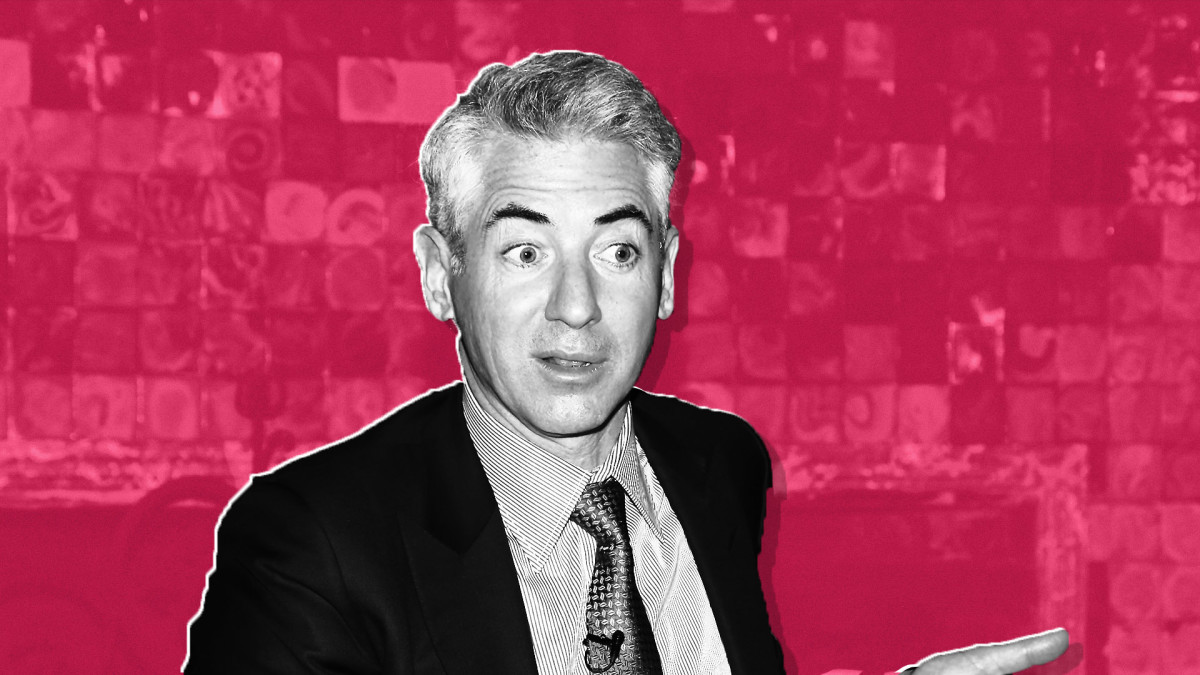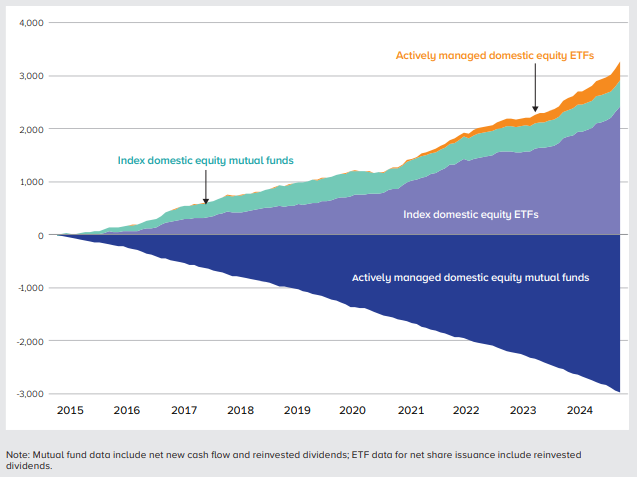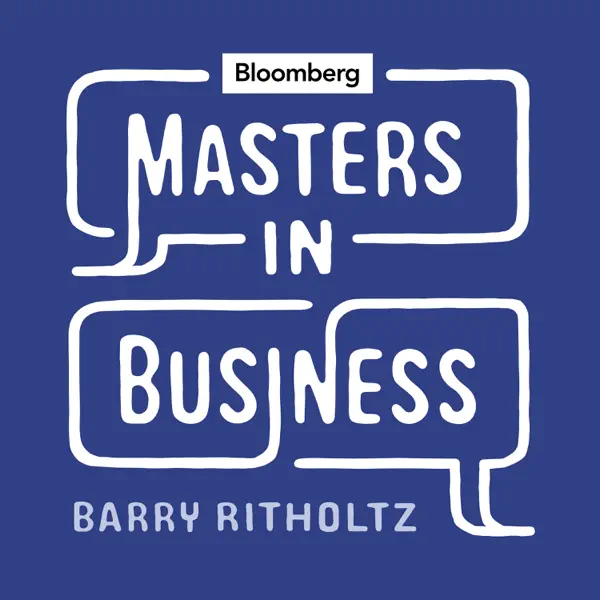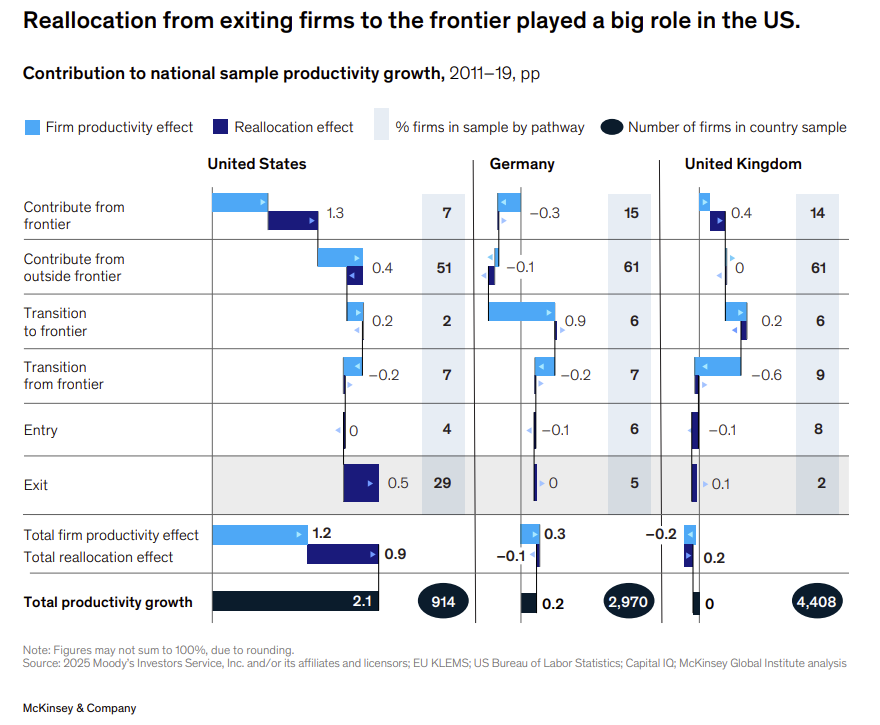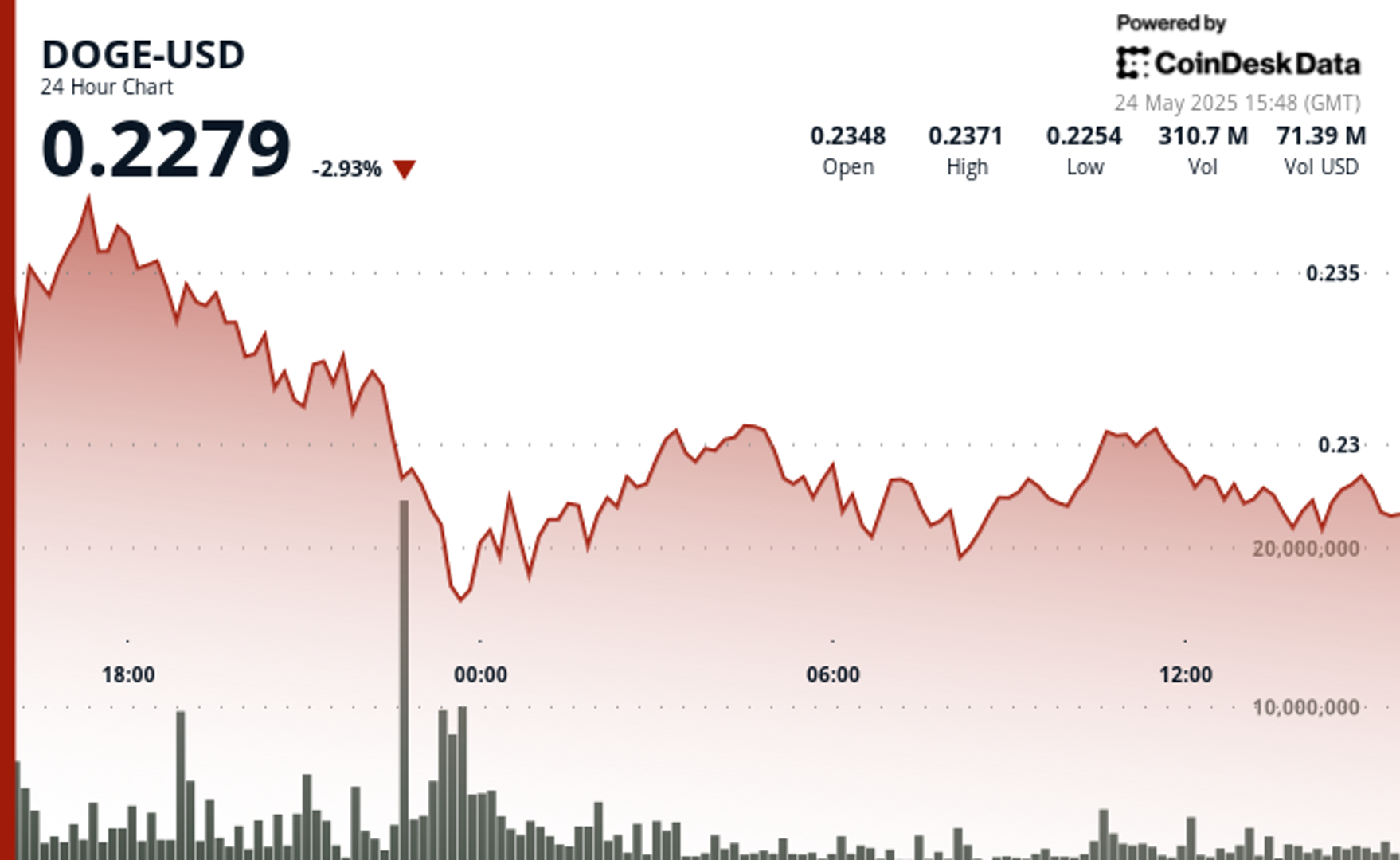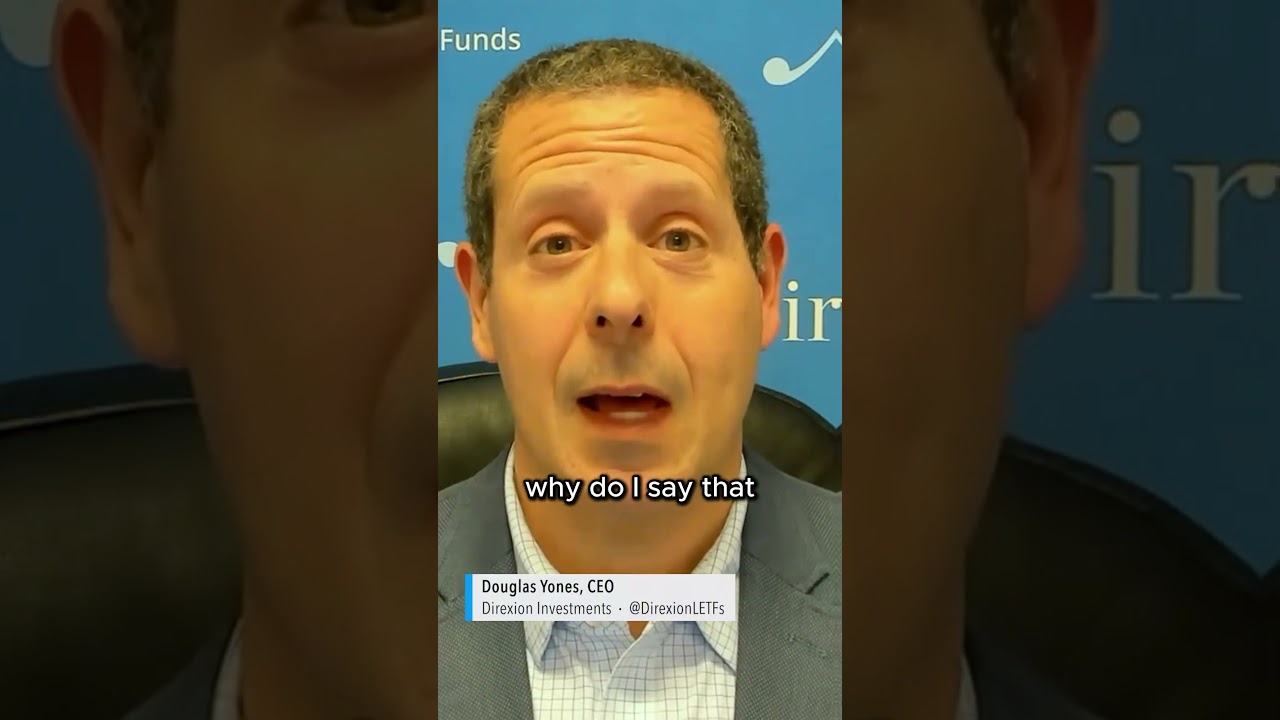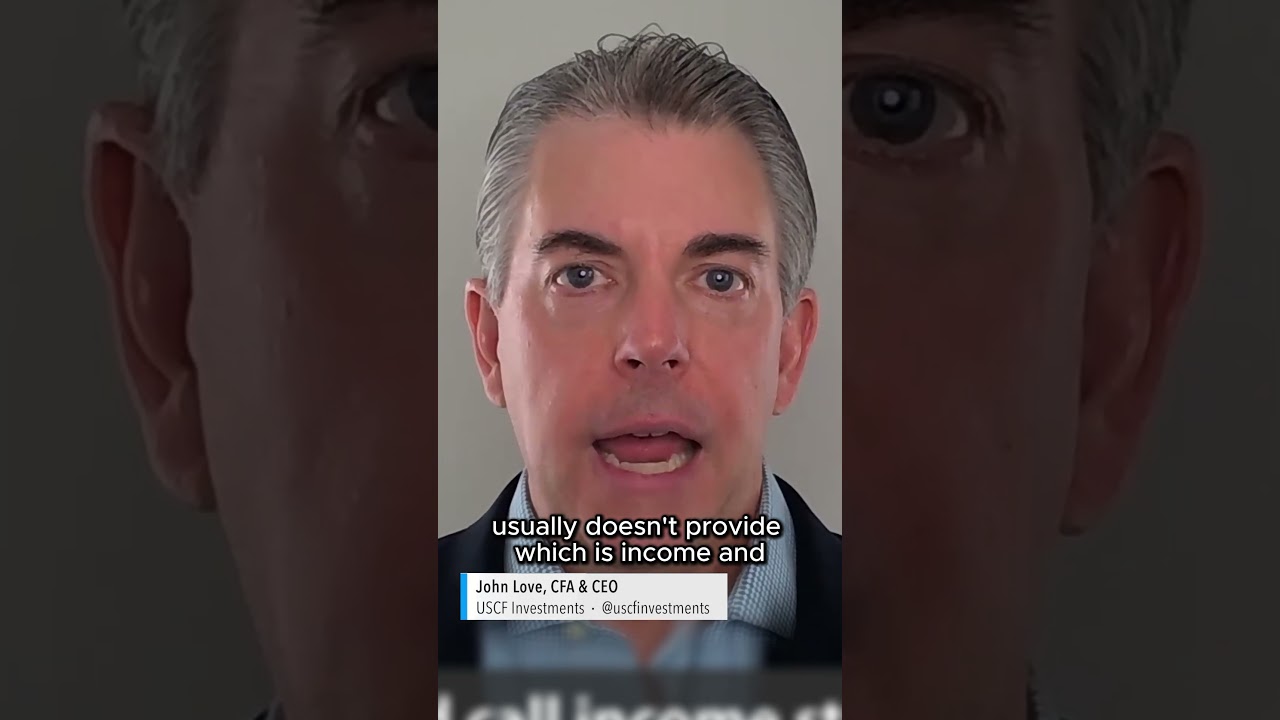At 29 With $45K in 401(k), Why Projected Figures Might Mislead
When it comes to retirement, it’s never too soon to start saving. Fortunately, corporate America has embedded the opportunity for employees to participate in 401(k) retirement plans. As of 2023, the latest data available, over half (57%) of private-sector businesses with fewer than 100 employees offered a retirement benefit plan. This figure rises significantly for larger […] The post At 29 With $45K in 401(k), Why Projected Figures Might Mislead appeared first on 24/7 Wall St..

When it comes to retirement, it’s never too soon to start saving. Fortunately, corporate America has embedded the opportunity for employees to participate in 401(k) retirement plans. As of 2023, the latest data available, over half (57%) of private-sector businesses with fewer than 100 employees offered a retirement benefit plan. This figure rises significantly for larger companies, with 86% of those employing 100 or more workers and 91% of firms with staffs of 500 or more providing such plans. Most of these companies offer 401(k) plans with matching contributions, often providing a dollar-for-dollar match for employee contributions up to 6% of their salary.
We came across a Reddit post from one such 401(k) plan participant. As a 29-year-old, he had amassed a respectable $45,000 in his nest egg and wanted feedback on the type of retirement he was building. Based on retirement calculator projections, he was well on his way to retiring with a cool $4 million–$4.5 million in his 401(k) at the retirement age of 65, with two conditions: 1.) he keeps up his plan contribution rate of 10%–12% (and increases it), and 2.) the financial markets do their part. For our Redditor, this scenario seemed too good to be true, so we thought we’d offer up some perspective.
Key Points
-
Contributing to your 401(k) could help you grow your retirement savings from several tens of thousands to several millions of dollars.
-
But with inflation running rampant in the economy, will that be enough for a comfortable retirement in the decades to come?
-
Are you ahead, or behind on retirement? SmartAsset’s free tool can match you with a financial advisor in minutes to help you answer that today. Each advisor has been carefully vetted, and must act in your best interests. Don’t waste another minute; get started by clicking here.(Sponsor)
Buying Power
Before we come to the question at hand, let’s address the 800-pound gorilla in the room – inflation. While $4 million in savings is well above the average nest egg at age 65, it won’t have the same purchasing power in three decades as it does today. With inflation currently hovering at 2.3%, based on the latest CPI data, we can do some back-of-the-napkin math to determine that the purchasing power of $4 million would be roughly cut in half over the next three decades. Still, a $2 million-plus nest egg is not too shabby. The average 401(k) size for someone in their 60s is just over $573,000.
Now to the question at hand. Is it even possible for our Redditor to achieve savings of $4 million-plus at his current savings rate? The short answer is yes, it is possible. It will require a combination of continuing to save at an aggressive rate, generating strong returns and capitalizing on any employer match available to him. While he may be able to control the size of contributions, the financial markets are the wildcard here.
The latest model in terms of asset allocation is for savers to subtract their age from 110 or 120 to reflect higher life expectancy rates. For our Redditor, subtracting his age (almost 30) from 110 gives 80, which is the percentage experts suggest he should allocate to stocks. It’s an aggressive strategy that is designed to pay off over the long haul. Nevertheless, there is no crystal ball to say whether the stock market plus any other asset classes to which he has exposure will deliver.
Investment Strategy
Our advice to this Redditor is to pursue a two-pronged approach to retirement savings: maximize contributions to his 401(k) and any other retirement accounts, and target investments with the best chance of beating inflation. A financial advisor will be well equipped to help you formulate the strategy. They’ll consider your progress so far relative to your retirement goals to help you create an asset allocation with the best chance of retiring with millions in the bank so you don’t have to continue working if you don’t want to. While $4 million might not afford you the same luxuries in 30-plus years that it does today, owing to inflation, it should pave the way for a comfortable start to your golden years.
The post At 29 With $45K in 401(k), Why Projected Figures Might Mislead appeared first on 24/7 Wall St..



























